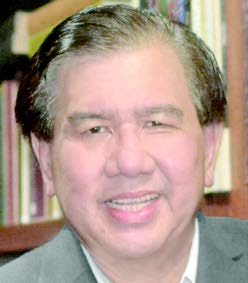THE abolition of the tobacco monopoly by virtue of a decree dated June 25, 1880 signaled the start of a heyday for would-be Chinese tobacco manufacturers. The fact that the headquarters of the Tobacco Monopoly was situated in Binondo helped the Chinese gain control of the cigarette manufacturing industry. But more than the accident of consequence was their industry and innovation. After the death of the monopoly, hundreds of Chinese became middlemen for the collection of leaf tobacco. Soon they became manufacturers. Shunning competition from the big Spanish and foreign-owned tobacco factories like Alhambra, La Germinal, La Insular and Tabacalera, the Chinese started to produce cheap cigarillos called "cigarros de beri-beri" for the mass market. The distribution network of the Chinese also greatly enhanced business success.
Once the tobacco trade was demonopolized, Chinese buyers began to purchase cheaper grades and leftovers which the bigger tobacco firms like the Tabacalera rejected. From Aparri, at the mouth of the Cagayan River, the Chinese made three-month trips all over the northern valley gathering tobacco leaves. They also set-up sari-sari (variety) stores in the rich tobacco-growing regions of Northern Luzon and bartered their consumer goods for tobacco.
Continue reading with one of these options:
Ad-free access
P 80 per month
(billed annually at P 960)
- Unlimited ad-free access to website articles
- Limited offer: Subscribe today and get digital edition access for free (accessible with up to 3 devices)


